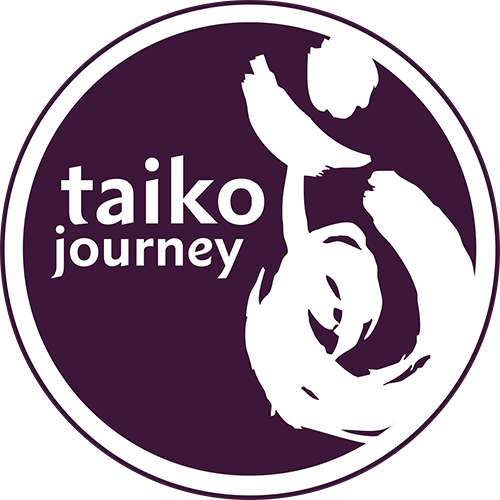It’s kind of a silly question really because everything is Ki! Translation into English is kind of clunky as we don’t have a word for Ki we need to gather a picture with as many words to really get a feel for it. You could think of Ki as ‘life force’. It’s the idea that everything is made from this…
…from the dense granite rocks on Dartmoor to the sand on our beautiful Devon beaches, the glorious trees with their roots deep down in the earth and the leaves reaching up to the skies- every aspect of the world around you and indeed you yourself are entirely made up of life-force/Ki in various forms, densities and orientations/vibrations. This life-force flows in us, through us and around us. It flows through the years of our lives, the seasons of the year and through each day. There is a lot more about the different qualities of Ki in the body (e.g. the different organs & meridians that I work directly with in Shiatsu), our lives (in the food we eat, the activities we take part in etc) and also in the world around us (how it moves through the seasons for instance) but this is the basic idea.
Of course things that would ordinarily flow can get blocked, slowed so as to be insufficient and difficult to access or even to the point of stagnation. In the body this happens through injury, be that to the physical, emotional, mental or spiritual body (this is perhaps another blog about how we in Western culture have developed an experience of ourselves as mostly a physical body with a thinking mind!). So through an accident, or an experience that brings grief to us, stress in our lives through choices that aren’t in line with our inner truths, and generally day to day life over the years our Ki flow gets disturbed in various ways. The result of this is it can be harder to access a good flow of life-force; which as you can imagine leads to various forms of dis-ease. Luckily there are lots of things we can do to support the flow of Ki throughout our lives and of course, Taiko is one of them! By regularly taking part in practices that aim to free up Ki and allow it to flow we promote wellbeing in our lives. This is also why we do some breath and meditation exercise, and some exercises you think are just about moving the muscles and getting ‘warmed up’ for taiko, are just as much about stimulating our Ki flow in the body so we can live well but also, play taiko well!
When we come to the drum in Taiko we are directly moving and playing with our life-force and how it expresses itself, how it flows through us and beyond – how it transmits to the ‘audience’ or our environment around us. It affects the tone of the beat, the depth and density of the sound. It comes through our movements, our Kata. It interacts with our fellow players on stage and their Ki, building dynamic relationships that are entertaining to watch and be part of! And we share it with the world around us, which opens hearts and brings life to those who have the joy to be in the audience and we can send it out into the world as vibrations of peace and harmony. When we really let go and connect with life-force, we are the spirit of the drum and the drum is us, that is a truly magical thing to witness.
How can we do this with something that we can’t really ‘see’ or even name! Over time, with dedication and patience we can learn to perceive the subtle qualities of Ki in our body and around us. We need to learn to soften the parts of the brain that think we ‘know’ everything – we really don’t! Just a tiny foray into researching the edges of science and philosophy shows us time and time again when we think we ‘know’ something, it gets deeper, smaller, there is more to know or it turns out we missed a whole part of the picture after all. So the beauty of working with Ki is, we can let go of the need to know or get it ‘right’ and start to learn to feel, trust and most importantly listen.
Listen? That’s just with our ears though? No. Working with Ki is about learning to really listen, with our whole ‘body’ – the energy body as well as the physical substance of our body. We hear things with our ears yes, but if you stop a moment, settle yourself in your seat and allow your gaze and your body to soften a little. Drop any areas of tension as best you can and bring your awareness to the sensations of the chair or the floor that you are sitting on. Allow your breath to settle and slow a little. Now bring your awareness to the air around you and any sensations you may be aware of, these can be subtle and fleeting or more pressing and persistent. Now open your ears and allow the sounds to come in at the same time as feeling all the sensations we have already gone through, the contact with the surfaces, the contact with the air, the sensations.. you are now starting to really ‘listen’. Take some time to practice this alone and in company and see if you can notice the difference in what you perceive. With repetition this way of listening becomes natural and we are much more receptive to (and therefore able to play with!) the flow of Ki which can be rewarding in all areas of life, especially when playing taiko…
